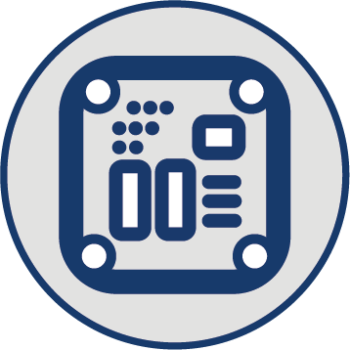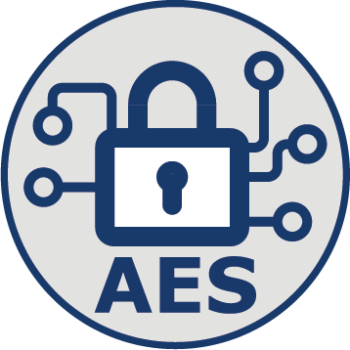Scroll to learn more
Your fingerprints are unique to you. The chance of someone else having identical fingerprints to you is 1 in 64 TRILLION. No matter how closely you’re related, how similar you look in the rest of your body; even identical twins have completely different fingerprints. The pattern of little ridges and swirls is also incredibly detailed, stays essentially the same over a person’s life, and doesn’t get easily damaged. All these factors make fingerprints ideal as a unique marker of a person’s identity.
Fingerprints have been used for identification purposes for centuries. In ancient Bablyon around the year 200BC, people used fingerprints to sign contracts. In Arabia, China, Europe, and Greece, archeologists have found evidence of fingerprints used as a means of identification and authentication. In 1788, the German anatomist Johann Christoph Andreas Mayer wrote an article which recognised the uniqueness of people’s fingerprints – the first European to publish this finding.
Because of the unique nature of fingerprints and the fact that for the vast majority of people, their fingerprints will remain unchanged and undamaged throughout their life, this biometric data is used in many different contexts. One of the most common places to find fingerprint recognition is now on your smartphone. Apple claims that there are 1 billion iPhone users globally – with a large proportion of those devices equipped with Touch ID. Other common applications of fingerprint authentication include:



There are multiple methods of capturing, comparing, and authenticating fingerprint information. Prints can be categorised into two types:
Traditionally, exemplar fingerprints have been captured and recorded by rolling the subject’s fingerprint on an ink pad and then pressing it against a sheet of paper. This method was adopted by the Scotland Yard police service in London in 1901 as a means of identifying criminals. It wasn’t long before American police departments implemented it as standard practice.
As technology has advanced, live scanning by a digital reader has become the most reliable and accurate method of capturing fingerprints. The accuracy of the print recorded in a digital system is vital, as this is the primary determiner of the overall effectiveness of the identification system in use.
The unique pattern of ridges, valleys, and swirls that make up fingerprints has been studied in huge detail. There are three basic defined patterns:
In addition to these basic patterns, fingerprints consist of minutiae: tiny features of the fingerprint ridges themselves that contribute to the uniqueness of each print’s patterns. These include a Y-shaped bifurcation of a ridge, an ‘island’ ridge that is a small line or dot between two other ridges, and a ‘bridge’ that runs between two parallel ridges.
When fingerprint scanners are presented with a subject’s finger, they identify the patterns and minutiae on the print, then check them against their database to see if they match a registered user. There are a wide range of different technologies available for scanning fingerprints, including:
Fingerprint identification is ideally suited to access control systems. As a unique identifier that is relatively easy to capture, scan, and verify, fingerprints offer both security and efficiency benefits for a wide range of environments.
ievo biometric fingerprint readers are designed to combine high performance with high security. Intended for seamless integration into a wide variety of access control and time & attendance systems, ievo readers bring together the benefits of both ease of use and powerful next-generation technology.
The ievo ultimate™ reader utilises a best-in-class multi-spectral imaging sensor. This high-performance unit scans both the surface and subsurface of fingerprints, making the captured images as accurate and reliable as possible.
From a data security perspective, ievo readers are unchallenged. When a subject’s finger is presented for the first time, the reader first scans a digital image of the print. Then, up to 100 minutiae features are identified within the print. These minutiae are extracted and transferred, via an advanced algorithm, to be stored as a proprietary template on the separate ievo Interface Board. The original image of the fingerprint is deleted, and cannot be re-created by reverse-engineering the template.



